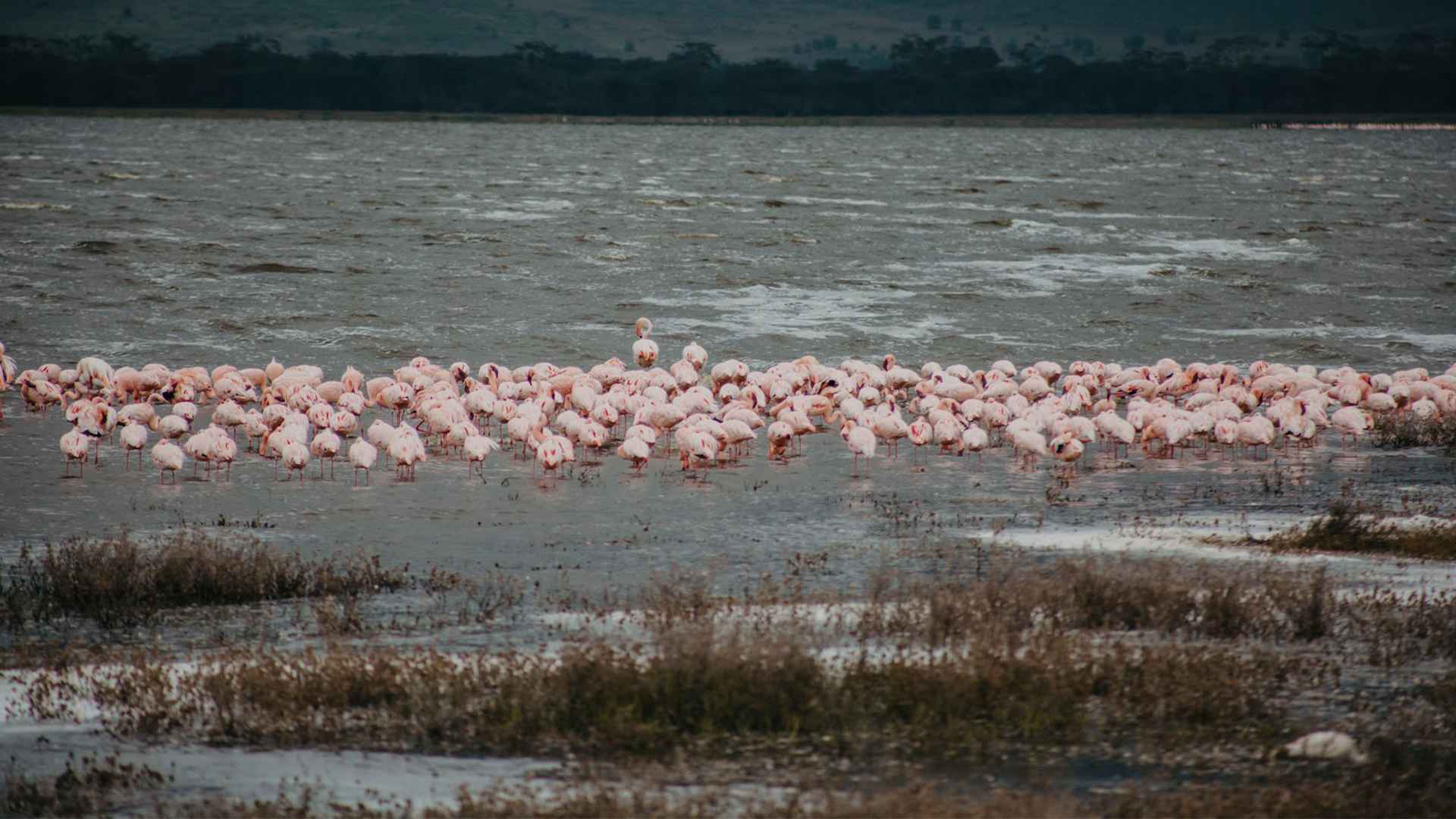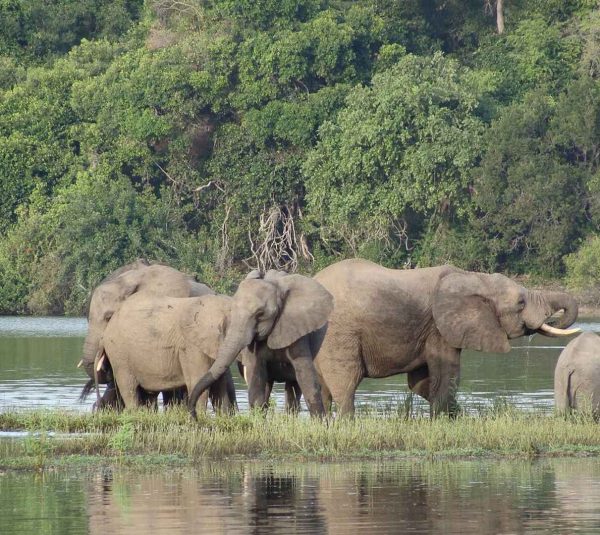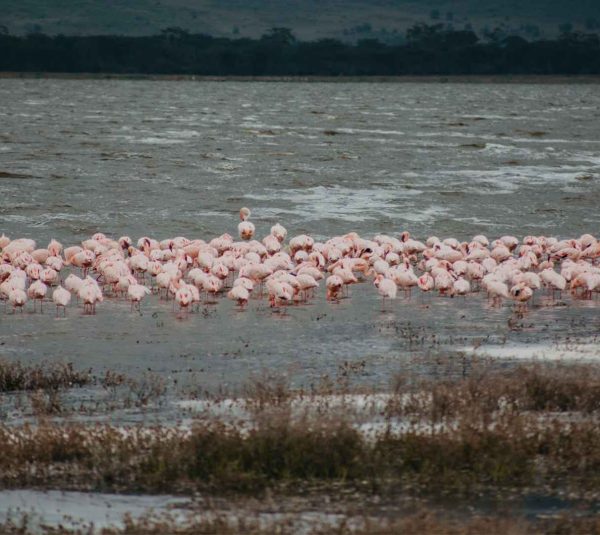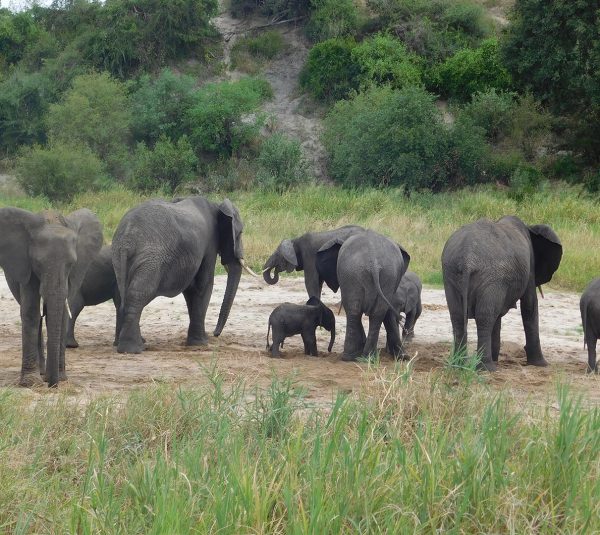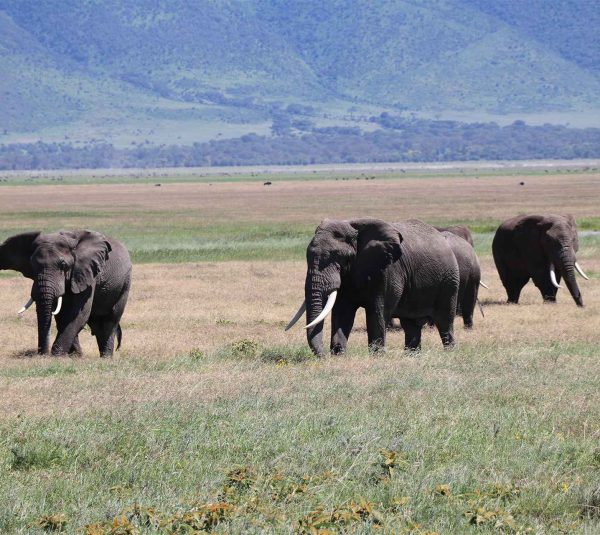Lake Manyara National Park
Lake Manyara National Park
Lake Manyara National Park
Lake Manyara National Park, nestled at the base of the Rift Valley escarpment in northern Tanzania, is a jewel of biodiversity and scenic beauty. Covering approximately 330 square kilometers, with the lake itself taking up around two-thirds of this area, the park offers a unique blend of landscapes, from the soda-rich lake shores to dense woodlands and open grasslands. Despite its relatively small size compared to other Tanzanian parks, Lake Manyara is a microcosm of East Africa’s rich ecosystems, making it a must-visit destination for wildlife enthusiasts and nature lovers.
The park’s terrain is incredibly varied, starting with the lush groundwater forests that greet visitors as they enter. These forests are fed by underground springs and provide a cool, green canopy, a stark contrast to the arid landscape outside the park. The area around the lake is dominated by swamps, alkaline flats, and grassy floodplains, offering a haven for a variety of wildlife. The park’s proximity to major tourist circuits, including the Serengeti and Ngorongoro Crater, makes it an ideal stopover on a northern safari itinerary.
What to Do
A visit to Lake Manyara National Park offers a variety of activities that cater to different interests. Game drives are the most popular way to explore the park, allowing visitors to experience its diverse landscapes and wildlife up close. Morning and late afternoon drives are particularly rewarding, as this is when animals are most active.
For a different perspective, take a guided canoe safari on Lake Manyara (seasonal and dependent on water levels). Paddling across the serene waters, you’ll have the opportunity to observe hippos, waterbirds, and other wildlife from a unique vantage point.
Another exhilarating experience is the treetop walkway, which offers an aerial view of the park’s lush forest canopy. This suspended walkway, the first of its kind in Tanzania, stretches over 370 meters and reaches heights of up to 18 meters. It’s a fantastic way to see monkeys, birds, and even butterflies that inhabit the upper layers of the forest.
Walking safaris are also available for those who want a more intimate connection with nature. Accompanied by an experienced guide, you can explore the park’s hidden trails and learn about the smaller creatures and plant life that often go unnoticed from a vehicle.
Cultural experiences are another highlight, with opportunities to visit nearby Mto wa Mbu village. Here, you can engage with the local community, learn about their way of life, and even participate in traditional cooking classes or a village tour.
Wildlife Experiences
One of the park’s most iconic inhabitants is its tree-climbing lions, a rare behavior that has fascinated researchers and visitors alike. These lions are often spotted lounging in the branches of acacia trees, a unique adaptation that helps them escape the heat and avoid insects on the ground.
The park is also renowned for its large herds of elephants, which can frequently be seen meandering through the forests and plains. These gentle giants are often observed using their tusks to peel bark from trees or digging for water during drier seasons. In addition to elephants, Lake Manyara is home to a variety of other large mammals, including buffaloes, giraffes, zebras, and hippos, which can be seen wallowing in the muddy shores of the lake.
Birdwatchers will find Lake Manyara a paradise, with over 400 species recorded in the park. The lake itself is a vital breeding ground for thousands of flamingos, which paint the shores pink during the wet season. Other notable avian species include pelicans, storks, cormorants, and the African fish eagle. The park’s diverse habitats also attract various raptors, waterfowl, and migratory birds, making it an ideal destination for birding enthusiasts.
Tanzania Safari
Top Tanzania Safari Parks
Verified My friend and I had an amazing vacation and made many memories that will last a lifetime. Our September 29th day trip to Mandara Hut along the Marangu Route was fantastic! My friend and I had an amazing vacation and made many memories that will last a lifetime. Our amazing guide, Daniel, made the walk both entertaining and instructive with his knowledge of Kilimanjaro and his enthusiasm for the mountain. The feeling of achievement at Mandara Hut, the breathtaking vistas, and the thick rainforest were all ideal. The owner, Daniel, made sure we were comfortable and educated at every turn, going above and beyond to make our stay unforgettable. Hilltop Travel and hiring Daniel as your guide are both excellent choices if you're thinking about visiting Kilimanjaro.Verified Any picture of kilimanjaro summit, Thank you to Hilltop Travel for making my recent day trip to Mount Kilimanjaro via the Marangu Route so unforgettable. Every step of the process was smooth and well-planned. An authority on the local landscape and customs, our guide ensured our comfort and kept us informed at every turn. The actual trek was magnificent, with beautiful views of the surrounding forests and towering hills. There were lots of opportunities for us to enjoy the breathtaking view, and the pace was ideal. Our guide provided fascinating information on the history of the mountain, the Chaga people's culture, and the local flora and fauna.Regardless of your level of competence, Hilltop Travel guarantees a safe, instructive, and genuinely remarkable Kilimanjaro experience. Highly recommended.Verified 7-day Machame trek with Hilltop Travel, Climbing Mount Kilimanjaro was an unforgettable adventure! I completed the 7-day Machame trek with Hilltop Travel, and I can’t recommend them enough. The entire journey, starting on July 23, 2024, was well-organized and expertly guided. From the very first step on the trail to the triumphant summit, the Hilltop Travel team provided exceptional support. A huge shoutout to our guide, Denis, whose unique approach truly made the journey special. His deep knowledge of the mountain, combined with his experience and calming presence, helped us navigate through the toughest parts of the trek. Denis not only guided us but also shared fascinating insights into the surrounding environment and local culture, which added so much to the experience. The support from Hilltop Travel team was also remarkable from the very start. Upon arrival at Kilimanjaro International Airport, the driver was waiting to pick us up, and we felt welcomed and well taken care of right from the start. Additionally, Daniel, the managing director, was incredibly helpful and attentive, ensuring everything went smoothly from the office side and checking in to make sure we had everything we needed. Their professionalism, knowledge, and attention to detail made the tough trek feel safe and enjoyable. The stunning landscapes and reaching the top were beyond words. If you're planning to conquer Kilimanjaro, climb with Hilltop Travel for an amazing experience.Verified My safari was Glorious My Mountain safari has been the best memory i made with my Girlfriend. We thought climbing a mountain was a very hard task but every step towards the roof of Africa was amaizing and with the help of wonderful guides from HillTop Travels just made things more easier. I look forward to booking my Safari with them because they made my experience worth it.Verified Good and frendly customer serviced The tour guides were exceptionally friendly and knowledgeable, providing fascinating insights that enriched my understanding and appreciation of the places we visited especially mount kilimanjaro. I felt well taken care of throughout the entire journey, and allowed me to truly relax and enjoy every moment.Verified kilimanjaro I recently climbed Kilimanjaro with Daniel as our mountain guide, and I couldn’t have asked for a better experience. Daniel is incredibly kind, intelligent, and very polite, with a great sense of humor that kept our spirits high throughout the journey. His expertise and leadership made me feel completely safe, and it was a true pleasure getting to know him and sharing this unique adventure. Highly recommended!

